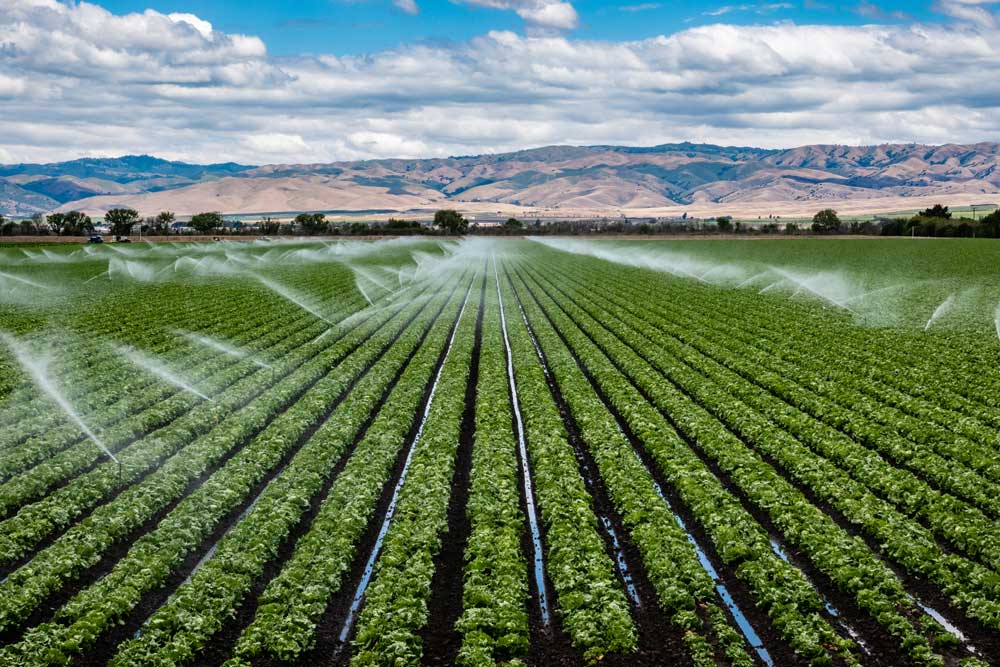 Historically, the fresh produce industry has come together following adversity. In 2007, an E. Coli outbreak that made more than 200 people sick prompted California to create the California Leafy Green Product Handler Marketing Association (LGMA). This organization has been successful in its mission to assure safe leafy greens and restore confidence in the state’s food safety programs.
Historically, the fresh produce industry has come together following adversity. In 2007, an E. Coli outbreak that made more than 200 people sick prompted California to create the California Leafy Green Product Handler Marketing Association (LGMA). This organization has been successful in its mission to assure safe leafy greens and restore confidence in the state’s food safety programs.
Now, there’s a new risk. Cyberattacks threaten our food supply. Last year, we watched as JBS faced a ransomware attack that affected more than 25% of the nation’s meat supply. And the threat increases each day.
October is National Cybersecurity Awareness Month, established to bring public entities and private companies together to educate the public about the risks that cyberattacks bring. It’s never been more important to dedicate time toward highlighting the importance of safeguarding our nation’s critical infrastructure from malicious cyberattacks – one of which is agriculture and our food supply.
There were 600% more data breaches in 2020 among U.S. agriculture companies compared to the year prior, according to Kroll LLC, a risk consulting firm. And the U.S. Department of Homeland Security listed agriculture as one of the top 15 critical infrastructure sectors at risk of cyberattacks.
The work the food industry does is complex. It involves numerous steps that encompass the supply chain, including growers, raw material providers, processors, distributors, storage and transportation, and retailers. The food supply chain is reliant on each layer of the process and when there’s a weak link or an attack on one area, the entire process can suffer. Add in the increasing dependence on technology to drive that process and there’s significant risk introduced.
A sophisticated cyberattack could dramatically affect food availability and public trust in the food supply chain. The sector’s growing reliance on technology and increasing digitization bring with it new opportunities for terrorists to attack. The low-cost, high-payoff venture for these cyber criminals makes the risks of agroterrorism too large for us to ignore.
Agriculture companies – no matter where they operate in the supply chain – need a set of technology standards that can help them identify, protect, detect, respond, and recover. Recently, ProduceSupply.org created the Cybersecurity Committee which is security-focused, based on information sharing, community building, and standards setting. The result was the PSO Cybersecurity Best Practices for Produce Suppliers which aims to help produce suppliers protect their organizations from cyberattacks by offering specific guidance and steps.
Through this, we hope to strengthen the food supply chain.
The work of the PSO will go a long way in providing ongoing guidance for implementation. Supporting a group like this also allows members from the industry to share knowledge that can benefit all of us based on shared experiences.
Now that every company is a technology company, it’s time to make sure each piece of technology is protected, that the infrastructure is put in place to withstand attacks and that each organization can recover quickly. With industry standards in place, I believe this is possible.

To further the discussion around cybersecurity across the fresh produce and agriculture sectors, ZAG is honored to be participating in the upcoming International Fresh Produce Association Global Produce & Floral Show, Oct. 27-29, in Orlando. We’ll be at Booth #379 and ready to discuss your company’s technology, how you can best secure your business, and how technology can make you more competitive. We hope you’ll stop by and see us during the show.



